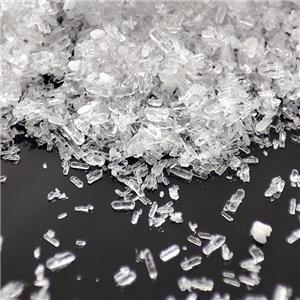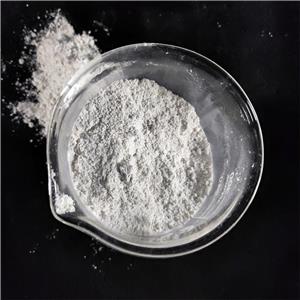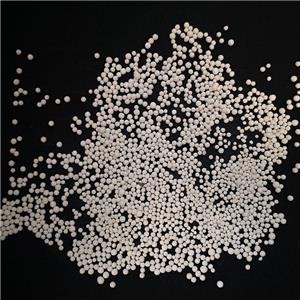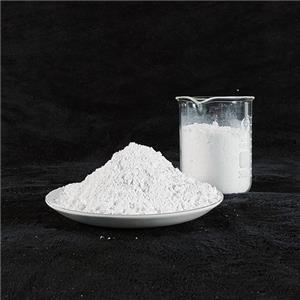-
0504-2025
How is ultrafine talcum powder used in PP and PVC fields?
Talc powder, as a natural hydrous magnesium silicate mineral, has a flake structure, low hardness, good chemical stability, and is usually white or off-white in color. It has good insulation, heat resistance and chemical resistance. Corrosive. These properties make it widely used in the field of plastic modification, especially in polypropylene (PP) and polyvinyl chloride (PVC).
-
0303-2025
Why is talc allowed in makeup?
Talc powder has been a widely used ingredient in cosmetics and personal care products for many years, thanks to its versatile properties. Despite concerns about its safety, talc powder continues to be permitted in makeup and other beauty products due to several factors, primarily its functional benefits and the regulatory oversight in place to ensure its safe use. Here's why talc powder is allowed in makeup:
-
2502-2025
What is talc powder used for?
Talc powder is a naturally occurring mineral composed primarily of magnesium, silicon, and oxygen. Known for its softness, smooth texture, and absorbent properties, talc has a variety of uses across multiple industries, including personal care, pharmaceuticals, and manufacturing. Here’s a deeper look into its main applications:
-
2302-2025
Is talc in powder safe?
Talc powder is a naturally occurring mineral commonly used in baby powders, cosmetics, and other personal care products for its ability to absorb moisture and reduce friction. However, the safety of talc, particularly in powder form, has been a topic of concern for many years.
-
2002-2025
What is talc powder used for?-2
Talc powder is a naturally occurring mineral composed primarily of magnesium, silicon, and oxygen. Known for its softness, smooth texture, and absorbent properties, talc has a variety of uses across multiple industries, including personal care, pharmaceuticals, and manufacturing. Here’s a deeper look into its main applications:
-
0202-2025
Excellent! Talc plays an irreplaceable role in the papermaking industry
During the papermaking process, various additives and fillers play a vital role in the quality and performance of paper. Among them, talc, as an important industrial raw material, plays an irreplaceable role in the papermaking industry with its unique properties.
-
0102-2025
Advantages and disadvantages of talcum powder and application precautions
Talc is a common filler widely used in the coating industry. Its main component is hydrous magnesium silicate with a molecular formula of 3MgO·4SiO2·H2O. Talc belongs to the monoclinic system and its crystals are pseudo-hexagonal or rhombic flakes. Talc micropowder, which is made through multiple processes, occupies an important position in the coating industry with its unique physical and chemical properties.
-
3101-2025
Analysis of the application characteristics and advantages of talc in coatings
Talc is a common filler widely used in the coatings industry. Its main component is hydrated magnesium silicate with a molecular formula of 3MgO·4SiO2·H2O.
-
2601-2025
Let’s take a look at 5 examples of surface modification of talc-4
Surface modification of talc can improve the interfacial affinity between talc and polymer and improve the dispersion state of talc filler in polymer matrix. In this way, talc not only has an incremental effect in composite materials, but also has an enhancing modification effect, thereby improving the physical and mechanical properties of composite materials and enabling talc to achieve better application effects and a wider range of applications.
-
2501-2025
Let’s take a look at 5 examples of surface modification of talc-3
Surface modification of talc can improve the interfacial affinity between talc and polymer and improve the dispersion state of talc filler in polymer matrix. In this way, talc not only has an incremental effect in composite materials, but also has an enhancing modification effect, thereby improving the physical and mechanical properties of composite materials and enabling talc to achieve better application effects and a wider range of applications.




